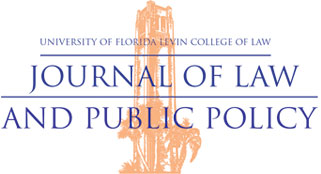
Abstract
Scientists generally agree that agricultural runoff is a principal source of nutrient pollution in the United States. Intensive agricultural practices have resulted in decades of phosphorus and nitrogen accumulating in the natural system which continue to contribute substantially to nutrients entering watersheds. Coupled with failed water quality control measures, this water pollution has led to some of the worst harmful algal blooms (HABs) in recorded history. These nonpoint sources need to be addressed to restore and protect water quality.
Florida’s Lake Okeechobee watershed provides an apt case study. Commonly referred to as the “liquid heart” of the Everglades, the lake has experienced a proliferation of large scale HABs, sometimes covering an area of more than 500 square miles and observable from space. These HABs wreak havoc on the lake’s ecology. When the lake reaches water levels that pose a flooding risk to communities to the south, the United States Army Corps of Engineers discharges billions of gallons of algae and nutrient laden water to the Caloosahatchee and St. Lucie estuaries on the west and east coasts. These algae blooms cause additional harm and destruction to wildlife in these systems and pose a threat to human health and local economies.
This Article seeks to provide water quality advocates, lawmakers, and government agencies with a regulatory and policy framework for addressing HABs in their states, using Lake Okeechobee and its coastal estuaries as a case study.
Recommended Citation
Totoiu, Jason and Lopez, Jaclyn
(2022)
"Holding States Accountable for Harmful Algal Blooms: Florida's Water Crisis in Focus,"
University of Florida Journal of Law & Public Policy: Vol. 33:
Iss.
1, Article 1.
Available at:
https://scholarship.law.ufl.edu/jlpp/vol33/iss1/1